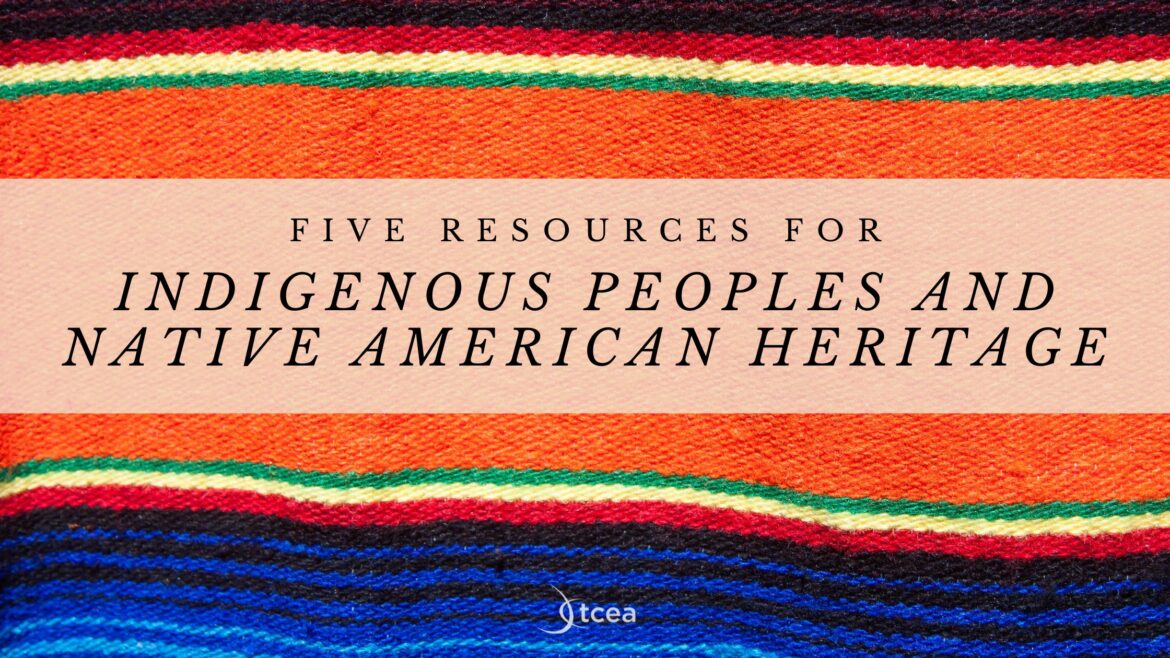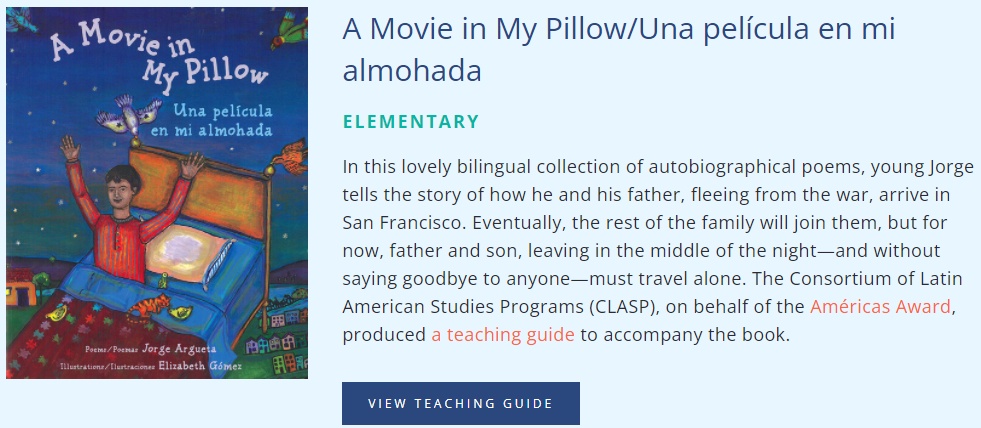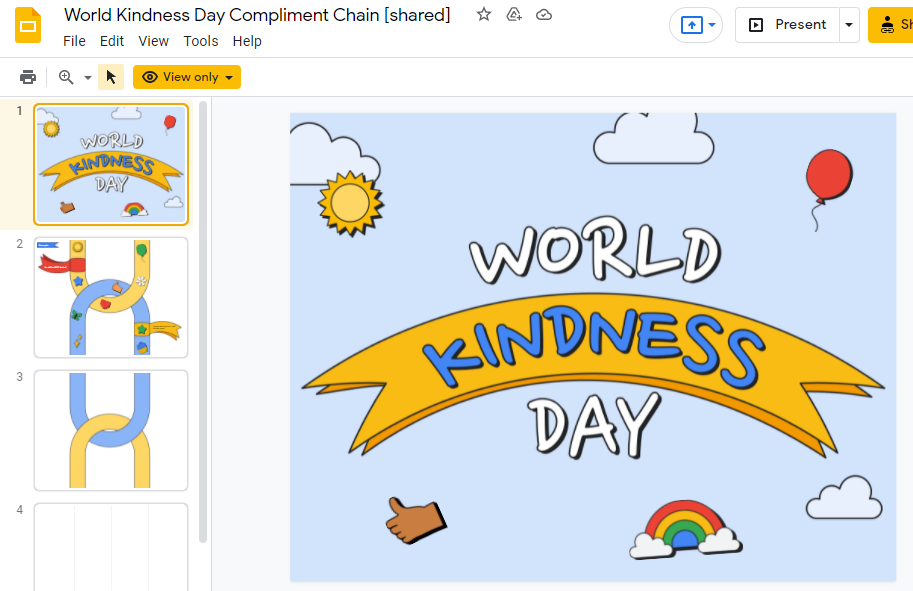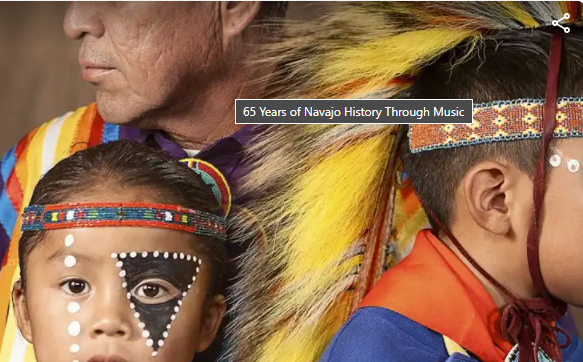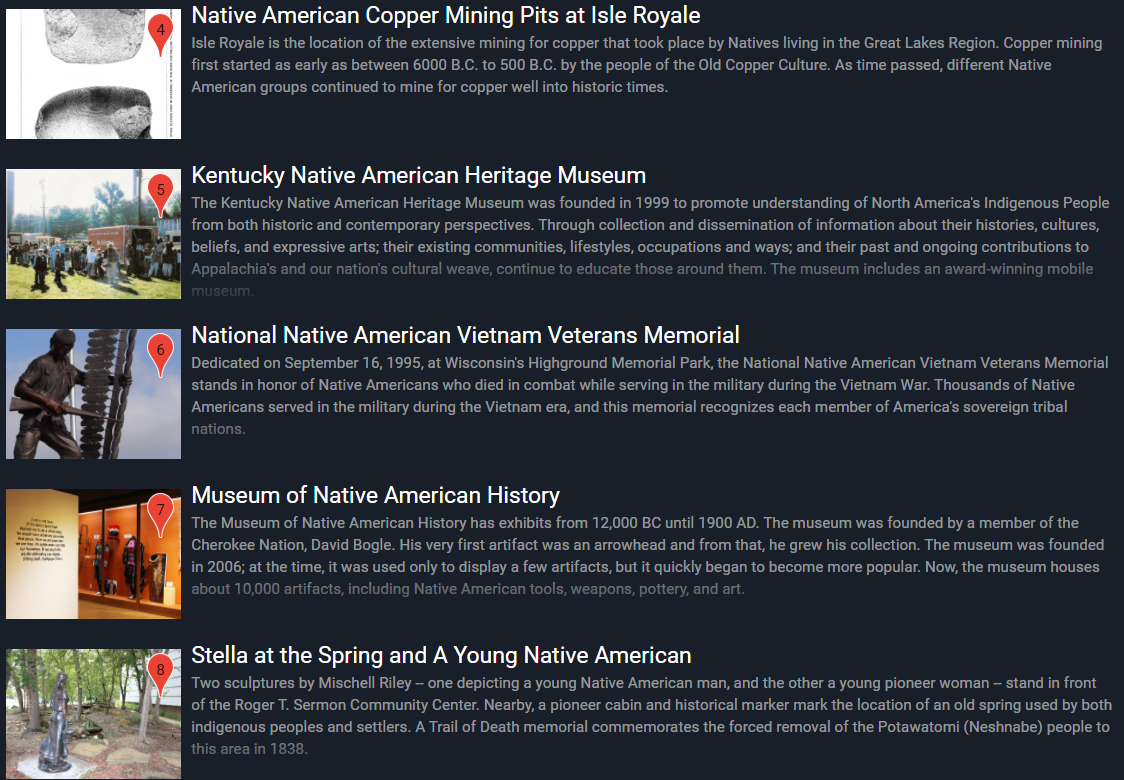Looking for magical tools to use with your students? You’ve come to the right place. In a series of toots, educators have shared some amazing tools on Mastodon. Let’s take a moment to explore those in this inaugural edition of Mastodon Magic! I’m going to present you with five favorites I’ve discovered so far.
What Is Mastadon?
Like an email service for social media, Mastodon provides people with places to connect. What makes Mastodon unique is that it is run by volunteers who create communities of people. People are welcoming and respectful. And there are no ads in Mastodon. Be sure to read TCEA’s How To Get Started with Mastodon.
What’s more, each community has a different address. You can connect to people in different communities, much the way you do via email – you need only know their address.
Here are some of the addresses for names that may be familiar to you:
- Eric Sheninger – @esheninger@mastodon.social
- Sandy Kendell – @SandyKendell@mastodon.education
- Dr. Wesley Fryer – @wfryer@mastodon.cloud
- Alice Barr – @alicebarr@techhub.social
- Miguel Guhlin – @mguhlin@mastodon.education
You can find a list of educators online (take a look at how to add yourself to the list). Many educators are now joining Mastodon and connecting with others. Here are some tips for using Mastodon, and you can watch the video walkthrough series below to help you get started. A group to follow to stay up to date is @edtech@chirp.social once you get your Mastodon account.
Here’s an invitation to join the Mastodon.Education instance
Did You Know? Video Series on Joining Mastodon from Educators' Perspective
Want a little more information on Mastodon and how to get started there? Watch my video series on making the transition. These four videos will start you off right! They include:
-> Part 1 - Introductions and Selecting a Sastodon Instance That Is Focused on Education
-> Part 2 - Exploring Mastodon Preferences
-> Part 3 - A Discussion of Apps to Use on Smartphones and Tablets
-> Part 4 - Migrate From One Mastodon Instance to Another
-> Part 5 - How to Set Up Your Profile, Bio, and Pin a Post
-> Part 6 - Importing the EduTooters ListNow, let’s explore some takeaways shared by educators on Mastodon.
Takeaway #1: Create Your Own Custom Map
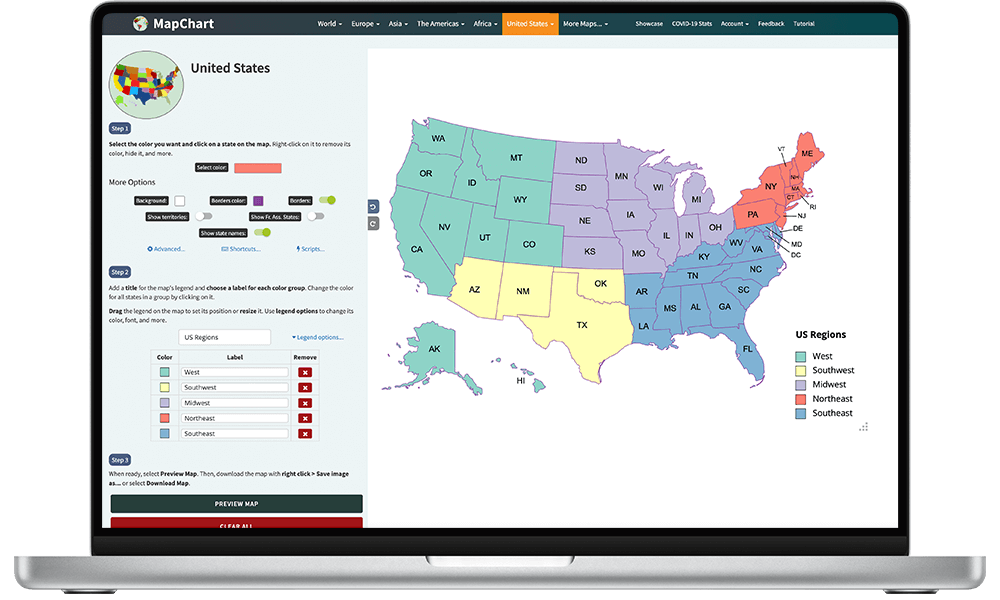
You may recall I’ve written about the amazing ways maps can facilitate learning. I can’t wait to share this new tool with you! If you want to create your own map of the world, Europe, the United States, or other places, with MapChart, you can color code countries or states, fill in the legend, and save the map to your device. MapChart is the tool to use.
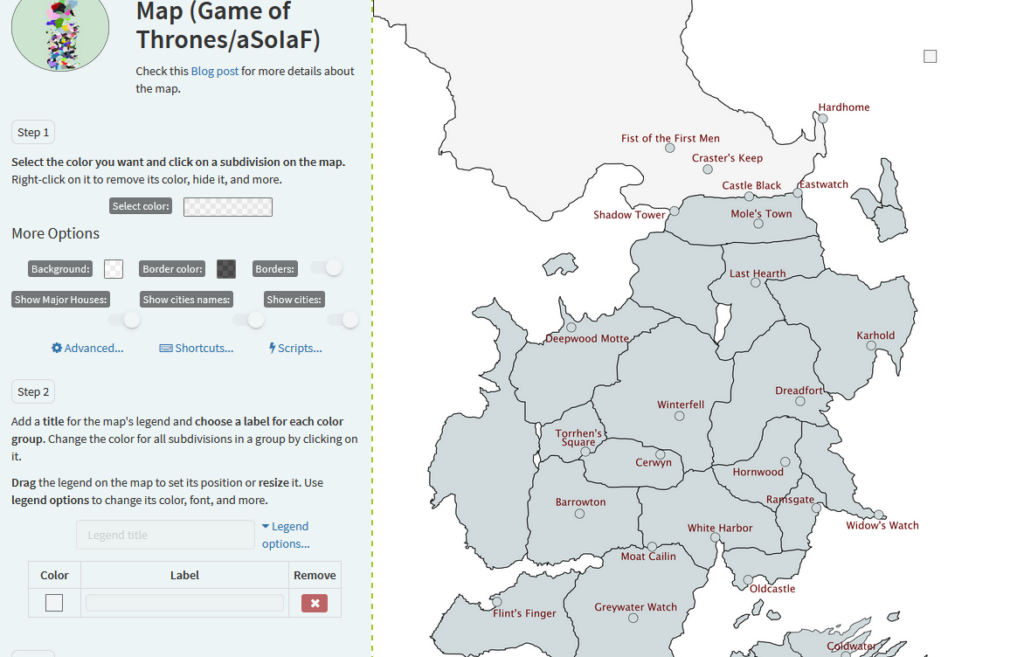
There are many maps to choose from, including:
- World maps
- Europe, Africa, the Americas, Asia, Oceania
- US states and counties
- Subdivision maps (counties, provinces, etc.)
- Single country maps (the United Kingdom, Italy, France, Germany, Spain, and 20+ more)
- Fantasy maps
What’s even more exciting? The created maps are licensed under a Creative Commons license. This means your high-quality PNG formatted image can be made for free and shared. Here’s a quick map of the two places I’ve lived most of my life:
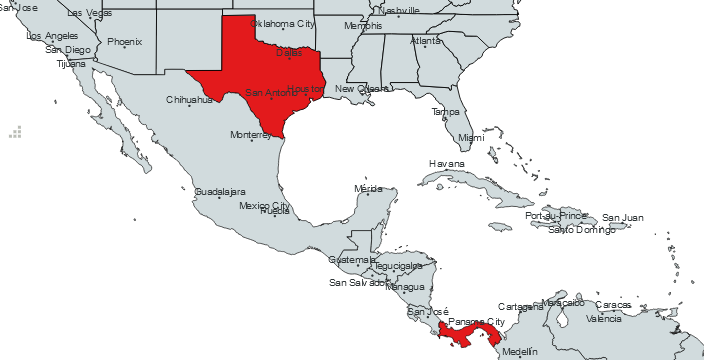
Takeaway #2: Time for Inclusive Education
Looking for resources to educate on subjects that address stereotypes and stigmas? Then the TIE website provides a variety of resources you can use. The Time for Inclusive Education (TIE) describes itself this way:
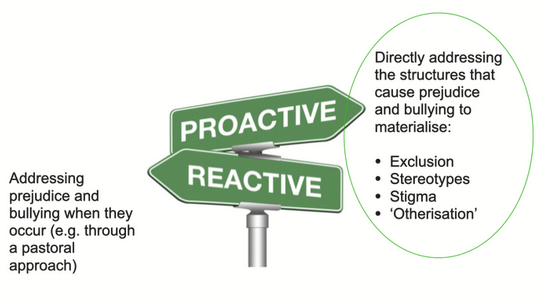
We take an educational approach to tackling homophobic, biphobic, and transphobic bullying and prejudice in schools. Fundamentally, we believe that LGBT history, role models, and equalities education should be taught within all schools. Education is the most powerful tool we have to tackle prejudice.
Only an educational approach can fully address the stereotypes and stigma which can lead to homophobic, biphobic, and transphobic bullying. We work with teachers and national decision makers, produce resources and curriculum materials, and deliver services in schools to raise awareness, heighten knowledge, and foster good relations.
TIE offers curriculum resources, including lesson plans and learning activities. These include mathematics worksheets, role models lesson plans, discrimination learning activities, and infographics. Although Scottish educators may find this of most use, there are resources any educator or institution can use.
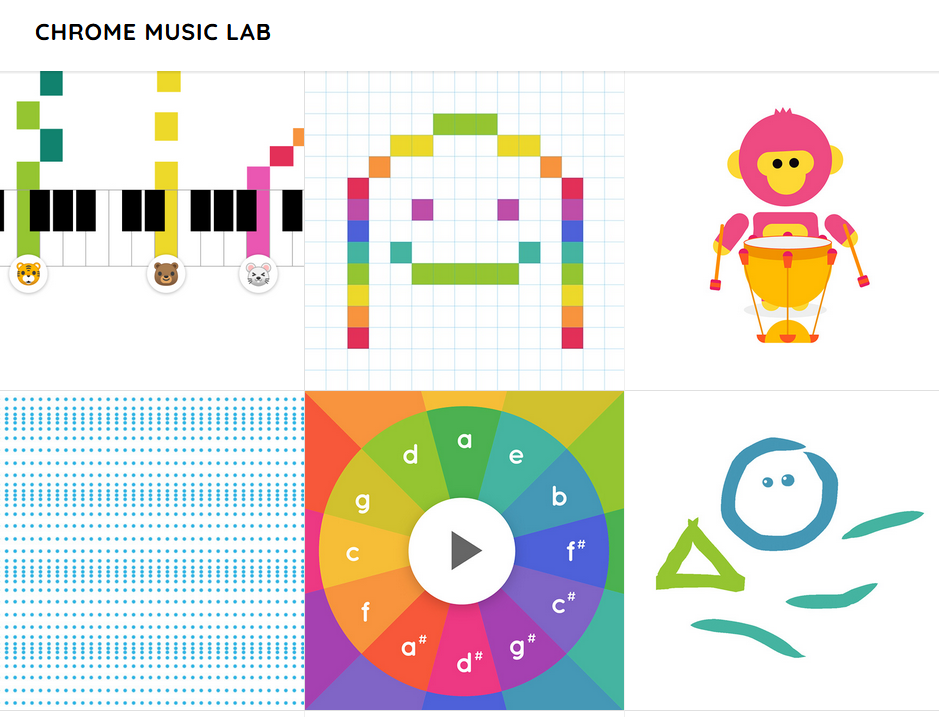
Takeaway #3: Shared Piano Lab
A fun, browser-friendly tool you can use is the Chrome Music Lab. Although I lack musical aptitude now, I hope to someday add it to my repertoire.
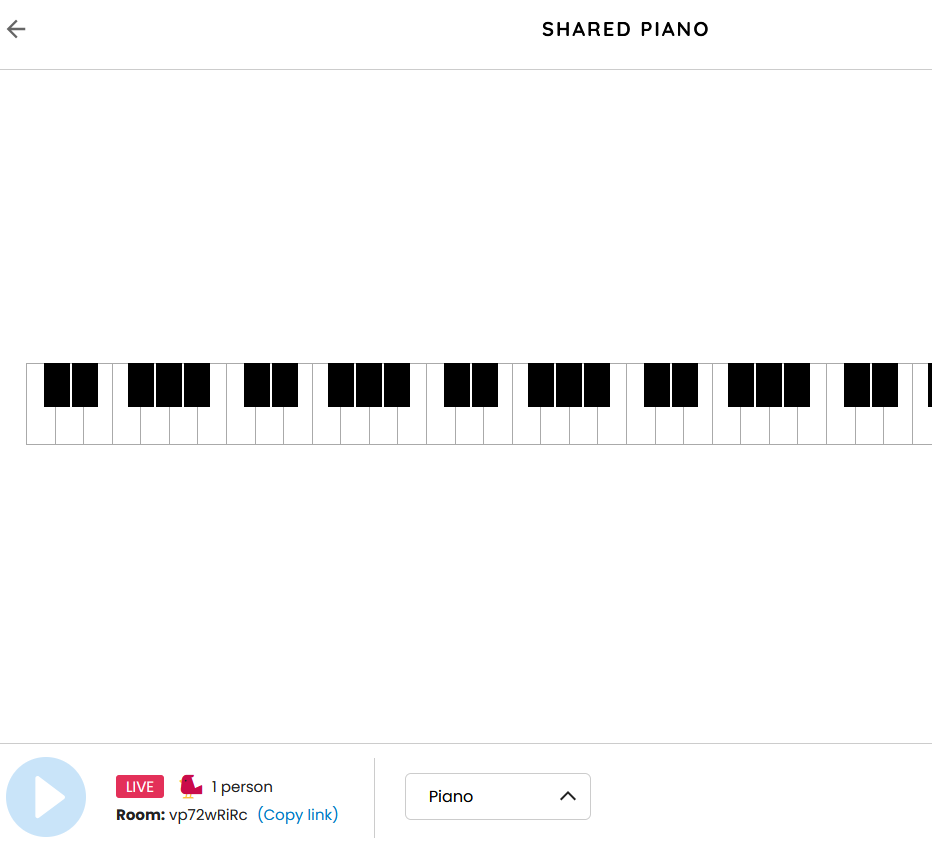
If you know how to play the piano (I don’t), and have a couple of friends, you can play the piano in tandem with them. Isn’t that cool?
Takeaway #4: Technology Resources and Info
On Mastodon, you can find a rich, growing community of educators sharing resources. Also, people are generous. This New Hampshire educator from Pinkerton Academy has some great resources for you.
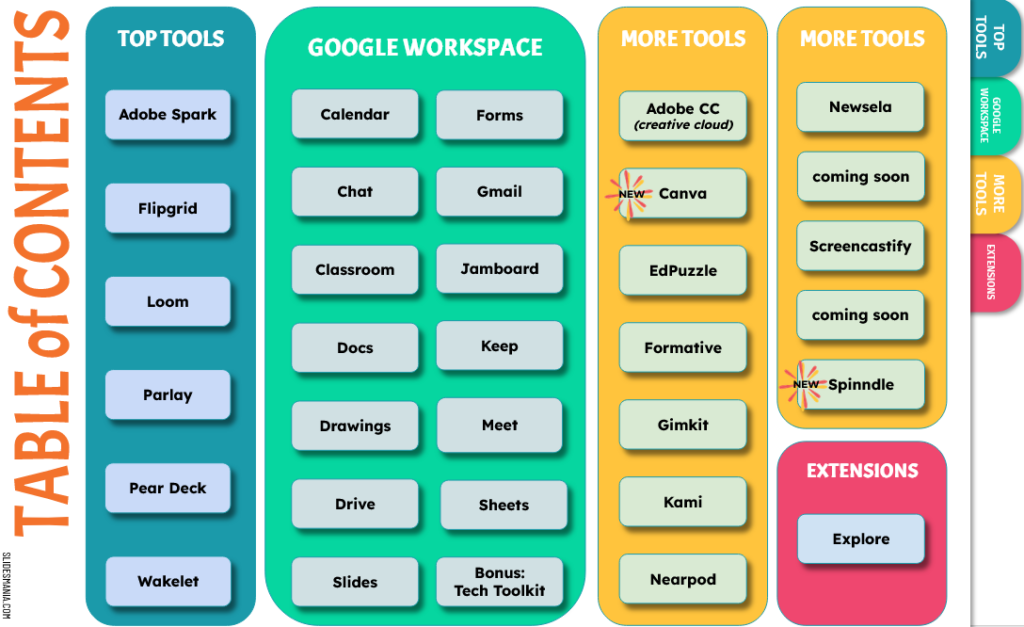
Christina DiMicelli (@MrsDi@qoto.org) shares some great slide decks you can swipe and use. With her permission, I share them with you and all #EduTooters who may find these resources useful.
How amazing is that?
Takeaway #5: Native Land Digital
As I began this list with maps, it’s only fair that I should end it with the most exciting takeaway on this list. It may be serious, though, since it relates to the imprecise history of Indigenous Peoples. Upon arriving, the website immediately points out:
This map does not represent or intend to represent official or legal boundaries of any Indigenous nations. To learn about definitive boundaries, contact the nations in question.
Also, this map is not perfect – it is a work in progress with tons of contributions from the community. Please send us fixes if you find errors.
If you would like to read more about the ideas behind Native Land or where we are going, check out the blog. You can also see the roadmap.
As someone who grew up in the Republic of Panama with the stories of Urraca, an Indigenous warrior who fought the Spanish off until his death, this is an exciting revelation. Combine this map with the The Latin American History Podcast, and you can see travel back in time.
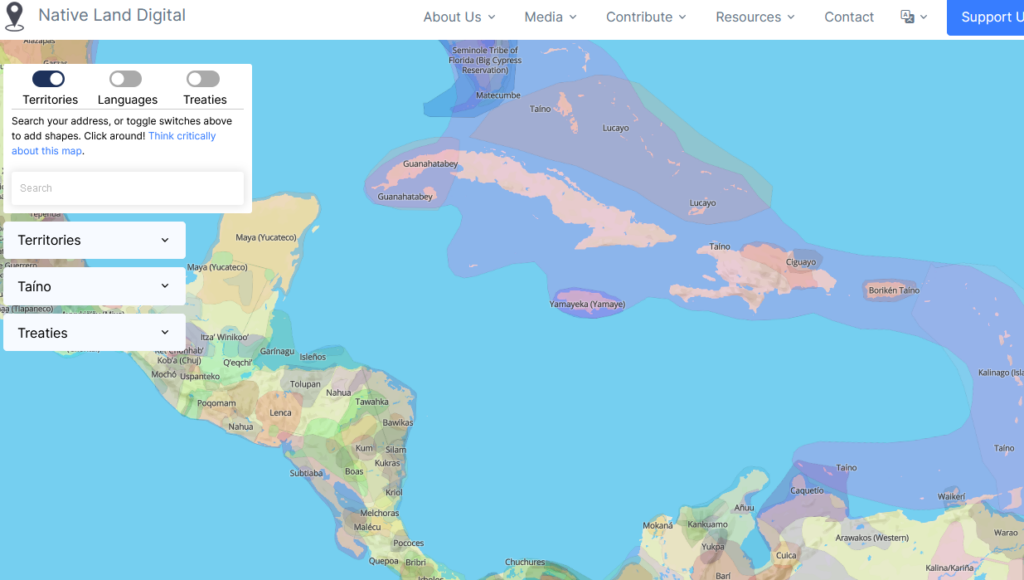
The Latin American History Podcast shares the story of Spanish and Portuguese America. It starts with its beginnings and continues until the present day. You can find other history podcasts here. Learn the history of the Taino, who were wiped out by conquistadores. When you see how far the Taino territories extended and their erasure from the land, it is quite sobering. The Native Land Digital website seeks to accomplish the following:
We aim to improve the relationship of people, Indigenous and non-Indigenous, with the land around them and with the real history and sacredness of that land.
This involves acknowledging and righting the wrongs of history, and also involves a personal journey through the importance of connecting with the earth, its creatures, and its teachings.
Let the connecting begin. I hope you’ll find your way to the Fediverse, where Mastodon instances abound. You’ll find many educators ready to welcome you there. This blog entry, How To Get Started with Mastodon, can aid you in your journey.
Feature Image Source
Screenshot by author, Native Land Digital


